Based upon national data provided by the National Institute of Drug Addiction, (NIDA) and the most recent Center for Disease Control, (CDC) regarding prescription opioid abuse and heroin abuse, prevention education is vital to all students in primary and secondary schools.
Grades kindergarten through third, instruction should include “differences among foods, poisons, medicines and drugs; personal responsibility for ones actions;” and rules regarding who provides, distributes, accesses and monitors medication in the home and community and Grades fourth through fifth, instruction should include, safe and unsafe behavior when around peers and family that are using medication, “how to identify different drugs; the effects of drugs”; and why some drugs and medications are extremely dangerous if ingested or taken without a physician’s permission.
Grade sixth to eighth grade, instruction should include the definitions of addiction, abuse and misuse; how family, peer, media and community influences substance abuse.
In the sixth to eighth grade, instruction should directly focus on painkillers, including opioids, a narcotic of choice for teens rather than emphasizing a more generalized anti-drug approach – focus on the science of addiction. Additionally, instruction on how recreational use of prescription pain relievers can lead to heroin use/abuse and addiction –with emphasis on the potential progression of addiction that could lead to heroin addiction and potentially death as well as an increased likelihood of infectious diseases such as Human Immune Virus/Acquired Immunodeficiency Syndrome, (HIV/AIDS), Hepatitis C and Methicillin-resistant Staphylococcus (MRSA.)
Grade nine to twelve, instruction should include a review of addiction, proper handling of medication and ingestion by prescription only. The link between a simple medical procedure – like getting wisdom teeth pulled or having a sports related injury – and the potential for addiction to occur if abused and not taken properly, (i.e. following doctor’s orders). Instruction should also include the importance of family medical history, including the disease of addiction and the how to discuss concerns with a trusted adult.
U.S. Department of Health & Human Services https://www.hhs.gov/
In grade nine to twelve, health instruction should include how to recognize symptoms of a drug overdose, emphasizing the importance of quickly seeking medical attention for a person who has overdosed. Additionally, health instruction should also address how students can help a friend or family member who may be addicted to prescription pain medicines and/or heroin.
In grade nine to twelve, health instruction should provide access information to the Florida Department of Mental Health and Addiction Services for the free program to encourage young people, parents, care-givers and teachers, clergy people and coaches to Start Talking about prescription drug abuse and other drug addictions.

Corporate Office
923 Denton Blvd, NW
Fort Walton Beach, FL 32578
Phone
850-862-1616